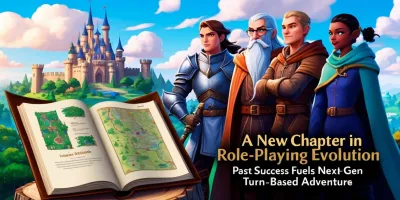Exploring Dark Fantasy Through Retro Design: A Dive into Skald: Against The Black Priory
- Jul 10, 2024
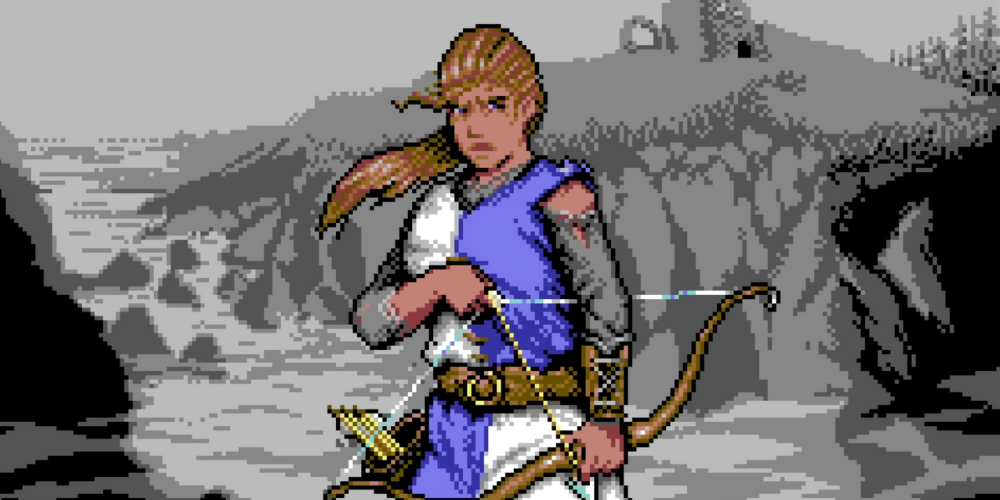
In the landscape of contemporary RPGs, Skald: Against the Black Priory stands out as a faithful homage to the early days of role-playing games. High North Studios' creation plunges deep into the aesthetics and mechanics reminiscent of the Commodore 64 era, vying for authenticity like few others. As someone who has experienced many retro-styled games, Skald is undeniably the most nostalgic and, perhaps, the most committed to its chosen time period.
Skald is a well-crafted game with a tightly woven story set in a dark fantasy world. Its retro graphics and atmospheric writing establish a unique tone. However, its staunch adherence to age-old mechanics and visuals might deter some players, particularly in a genre that has seen many advancements.
The game begins with an immediate hook—a monstrous sea creature tears apart your character's ship. As you sink into the abyss, the narrative rewinds to the mission that led you here: A former friend of your father enlists you to find his daughter, Embla, on the mysterious Outer Isles. Your journey reveals that something sinister is afoot, setting the stage for a horror-laden adventure.
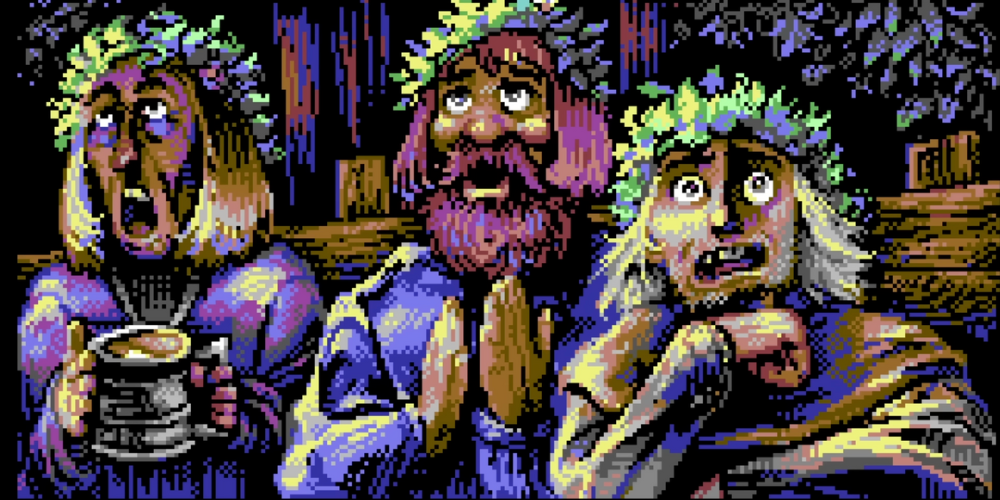
Skald's narrative strikes hard and fast, featuring unsettling encounters and grim settings. From battling grotesquely mutated animals to engaging with a hermit scavenging the bodies of dead sailors, the game’s atmosphere is unrelentingly dark. Even side quests, such as retrieving the remains of a farm woman’s children, are steeped in macabre themes.
Visually, Skald leverages its Commodore 64 style to amplify its eerie setting. The 8-bit colors enhance the ominous character designs, and the soundtrack intensifies the sense of dread, creating a world brimming with sinister charm. Even the devastation seen in towns like Horryn is grotesquely vivid thanks to the abstract pixel art.
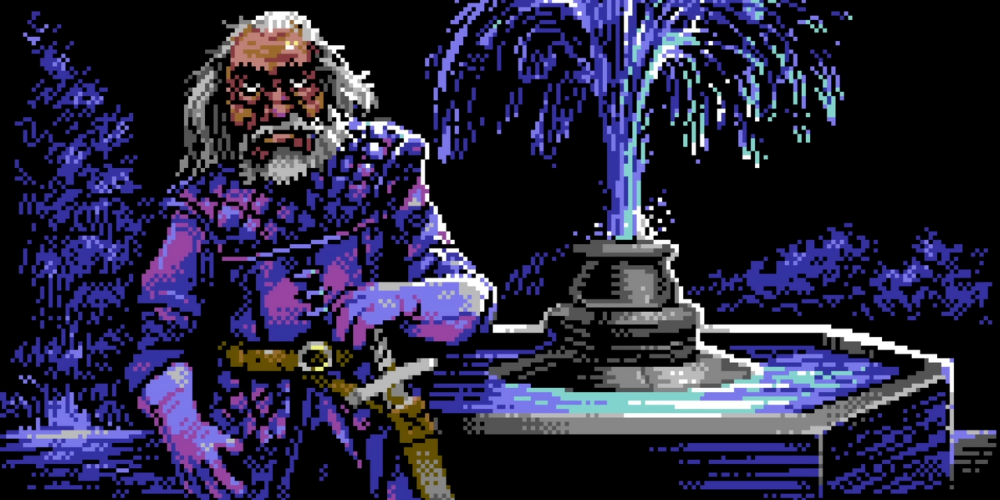
Despite the game’s strong initial impact, it occasionally falters, particularly when it leans into overused Lovecraftian elements. While Lovecraft’s works were once a hotbed for creativity, other games have extensively mined them. Fortunately, Skald weaves these archetypes into its own lore, balancing familiar tropes with original storytelling. While colorful, Characters in Skald often adhere to established RPG archetypes, such as the noble cleric or the roguish pirate, contributing more to the atmosphere than deep character development.
Mechanically, Skald adheres to traditional RPG principles with top-down exploration and turn-based combat. However, its modern interface simplifies navigation, making the game accessible without compromising its core nostalgic elements. Exploration is rewarding, with environments rich in loot, secrets, and necessities for survival.
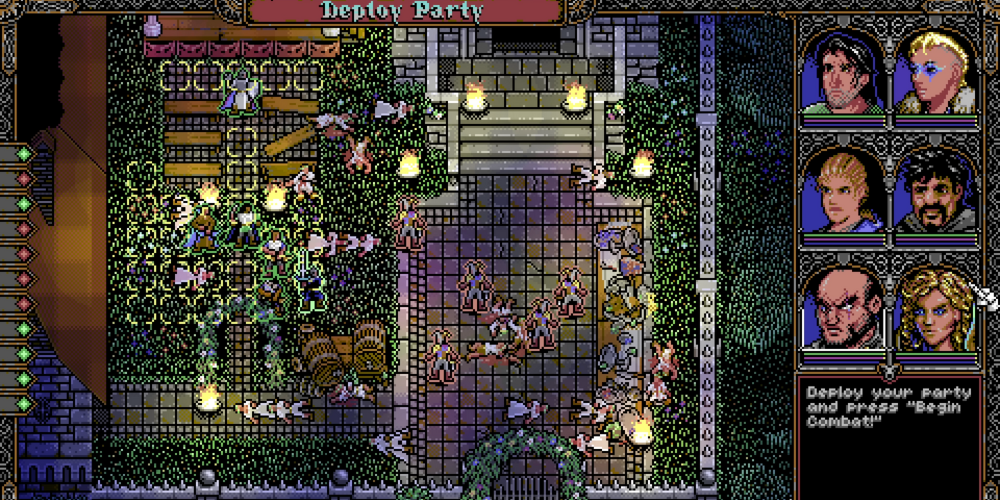
Combat in Skald, though evocative with its gritty sound effects and engaging victory music, can become tedious. The game emphasizes positioning, which can be challenging in cramped environments filled with obstructive elements. This aspect often shifts the challenge from tactical combat to maneuvering around the field, detracting from the overall enjoyment of battles.
As with many retro-style games, Skald raises the question of what it brings from its nostalgic roots. It excels in creating a moody fantasy world with its 8-bit aesthetics, yet when compared to contemporary RPGs, it only offers a little innovation. Its appeal lies in the faithful recreation of a bygone era rather than introducing new ideas to the genre.
For those who have explored the heights of fantasy RPGs, Skald offers a worthwhile adventure, especially for fans of the Commodore 64. While it may borrow from Lovecraft’s mythos, it shares more with Robert E. Howard's robust, no-nonsense approach to fantasy. Skald may not be revolutionary, but it is a testament to classic RPG foundations' enduring strength. Raw Fury provided a copy of Skald: Against the Black Priory for this review.






